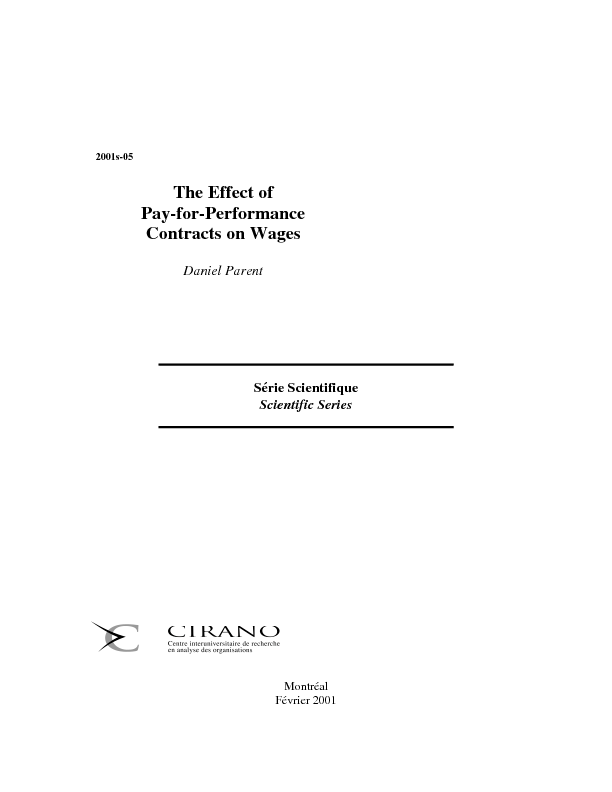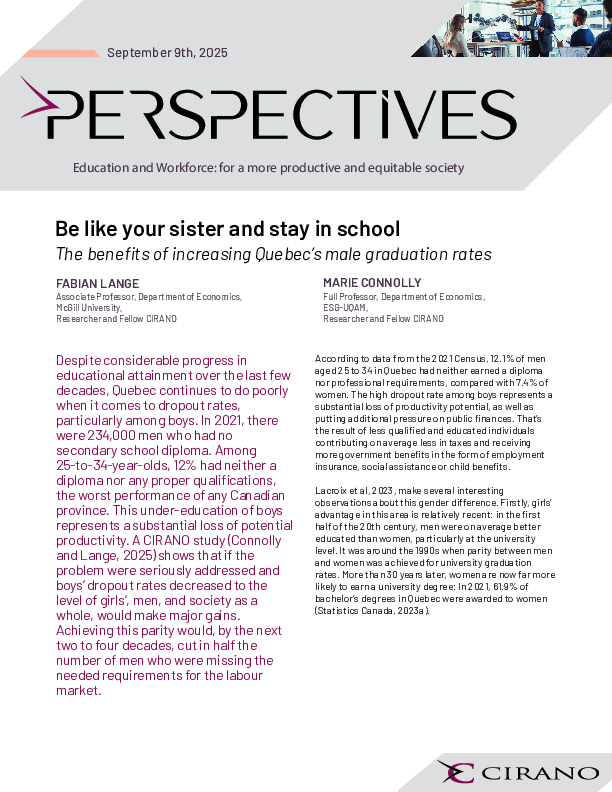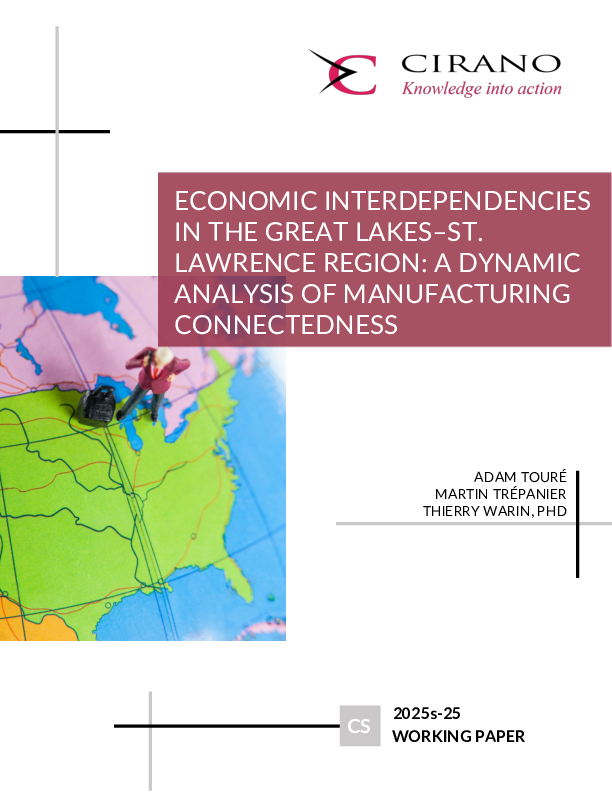The Effect of Pay-for-Performance Contracts on Wages
In this paper, I investigate the role played by learning and self-selection according to comparative advantage in the often reported result that piece rate workers (including commissions) earn more on average compared to other workers. With comparative advantage, the returns to skills are different according to whether one works under a piece rate contract or not. If that is the case, as Lazear (1986)'s model suggests, then using standard fixed effects methods will not provide consistent estimates of the true causal (or incentive) effect of explicit contracts. Using non-linear instrumental variable techniques with data from the National Longitudinal Survey of Youth and the Panel Study of Income Dynamics, I find that comparative advantage along with learning about worker skills seem to play a significant role for workers who are either at an early stage in their career or who are observed for the first time in a given job-match, when the learning process matters. In other words, for those younger/early tenure workers, the return to skills is lower in non-incentive jobs. For older workers, the return to skills is basically the same across pay methods, which is consistent with the notion that workers are eventually paid according to their fully revealed skill level, irrespective of how they are paid. Finally, by exploiting the within-job variation in pay methods, I am able to identify an incentive effect of about 11%.
[ - ]




